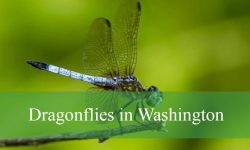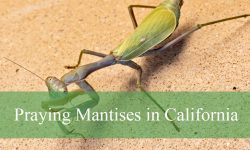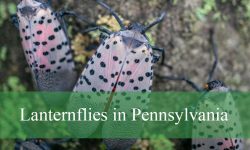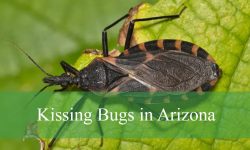Maryland’s diverse bug population includes species that can pose serious health hazards to humans. From venomous spiders to disease-carrying ticks, knowing which bugs are dangerous is essential for safety.
Many of these species, including mosquitoes, centipedes, and ticks, can transmit diseases or cause painful bites and stings. Awareness and proper precautions help minimize encounters and prevent health issues.
This guide covers the most dangerous bugs in Maryland, their identification, risks, and tips for avoiding them. Understanding these creatures allows residents to enjoy outdoor activities safely.
Types of Dangerous Bugs Found in Maryland
Brown Recluse Spider (Loxosceles reclusa)
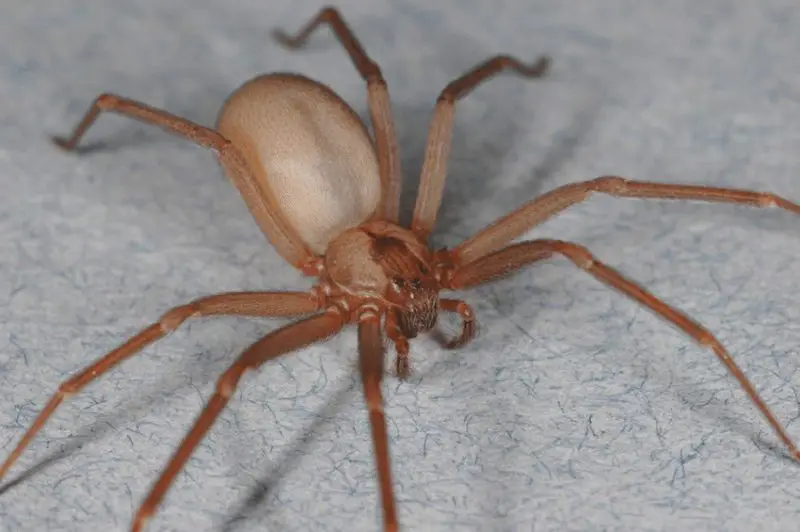
The Brown Recluse Spider is a small, nocturnal spider notorious for its venomous bite. It is light to medium brown in color, with a distinctive dark violin-shaped marking on its back, located just behind the eyes. These spiders are shy and usually avoid humans, often hiding in undisturbed areas such as basements, attics, and closets.
This species is primarily active at night, hunting small insects rather than spinning webs to catch prey. Although it is not aggressive, it will bite if pressed against the skin. The venom contains necrotic components that can damage tissues, sometimes resulting in serious skin ulcers.
Brown Recluse bites often start as mild irritation or redness, but within hours, they can progress to blisters and necrotic lesions. In rare cases, systemic symptoms like fever, chills, and nausea can occur, which require medical attention. Early treatment is essential to reduce the risk of complications.
These spiders are uncommon in Maryland but can appear accidentally or in heated buildings. Homeowners should check boxes, clothing, and storage areas before handling. Wearing gloves and sealing entry points can help prevent encounters.
Black Widow Spider (Latrodectus mactans)
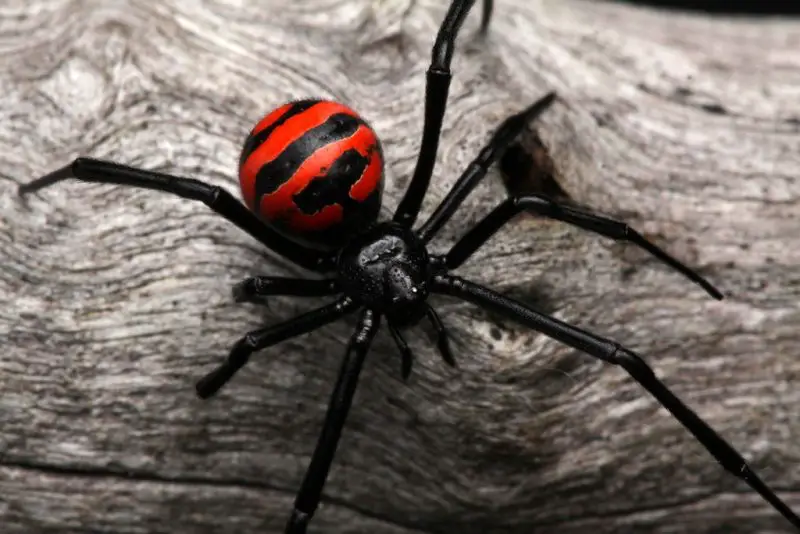
The Black Widow Spider is easily recognizable due to its shiny black body and the bright red hourglass marking on the underside of the abdomen. Females are larger than males and are responsible for most medically significant bites. They are found in dark, sheltered areas such as woodpiles, sheds, and crawl spaces.
Black Widows produce a neurotoxic venom that can cause severe pain and muscle cramps. Bites are usually not fatal to healthy adults but can be dangerous to children, the elderly, or those with preexisting health conditions. Immediate medical attention is recommended if bitten.
Symptoms often start with localized pain and swelling, followed by muscle rigidity, abdominal cramps, and nausea. In some cases, the bite site may develop redness and mild blistering. Antivenom is available for severe cases, but most bites are treated symptomatically with pain relief and wound care.
Preventing encounters with Black Widows involves keeping storage areas tidy, using gloves when handling debris, and sealing cracks in walls or foundations. Educating family members about identification and avoiding dark corners is essential for safety.
Deer Tick / Black-legged Tick (Ixodes scapularis)
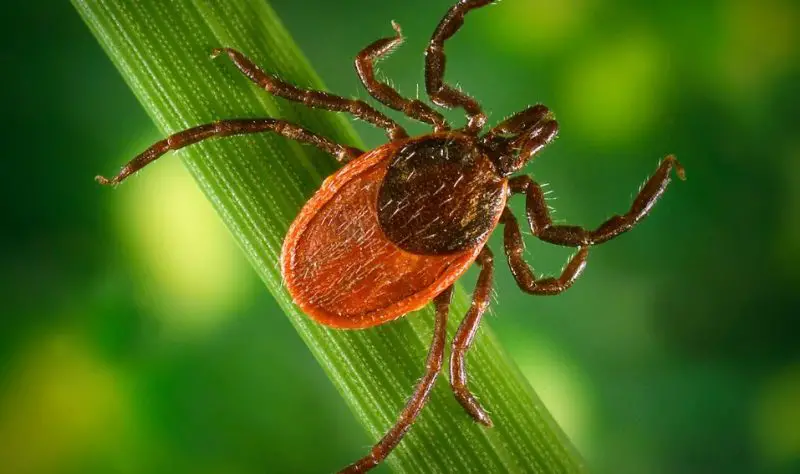
Deer Ticks are small, reddish-brown arachnids with a dark dorsal shield. Adult females are about the size of a sesame seed, while males are smaller. They are most commonly found in grassy, wooded areas and are active from spring through fall. These ticks are notorious vectors of Lyme disease, babesiosis, and anaplasmosis.
Deer Ticks attach to the skin of humans and animals to feed on blood. They often go unnoticed because their bite is painless. Transmission of disease typically requires the tick to be attached for 24–48 hours, making early detection and removal crucial.
Lyme disease caused by Deer Tick bites may start with a circular “bull’s-eye” rash and flu-like symptoms such as fever, fatigue, and headaches. If untreated, it can lead to joint pain, neurological issues, and heart complications. Proper medical evaluation and antibiotics are essential to manage infection.
Preventive measures include using insect repellents, wearing long sleeves and pants in wooded areas, and performing full-body tick checks after outdoor activities. Landscaping practices like keeping grass short and removing leaf litter can reduce tick populations around homes.
American Dog Tick (Dermacentor variabilis)
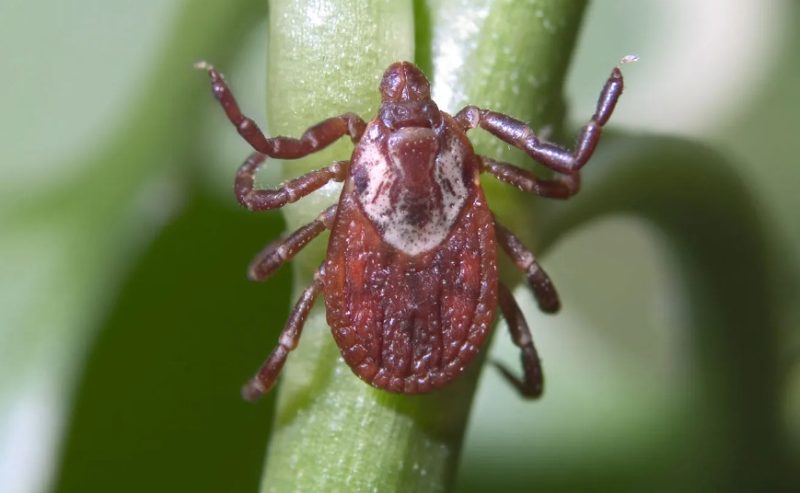
The American Dog Tick is a large, brown tick with ornate white or cream-colored markings on its back. Adults are about 1/2 inch long and are common in grassy fields, along trails, and in low-lying vegetation. They are active mainly in spring and early summer.
This species is a known vector for Rocky Mountain spotted fever and tularemia. Although bites can be painful, not all ticks carry pathogens. Prompt removal is critical to reduce the risk of disease transmission.
Symptoms of tick-borne illness can include fever, rash, headache, and muscle aches. Rocky Mountain spotted fever, in particular, can become severe if left untreated. Early recognition and antibiotic treatment are essential for recovery.
Homeowners can protect themselves by keeping lawns trimmed, using tick repellents, and checking pets regularly. Wearing protective clothing and tucking pants into socks when walking through tall grass are effective preventive strategies.
Lone Star Tick (Amblyomma americanum)
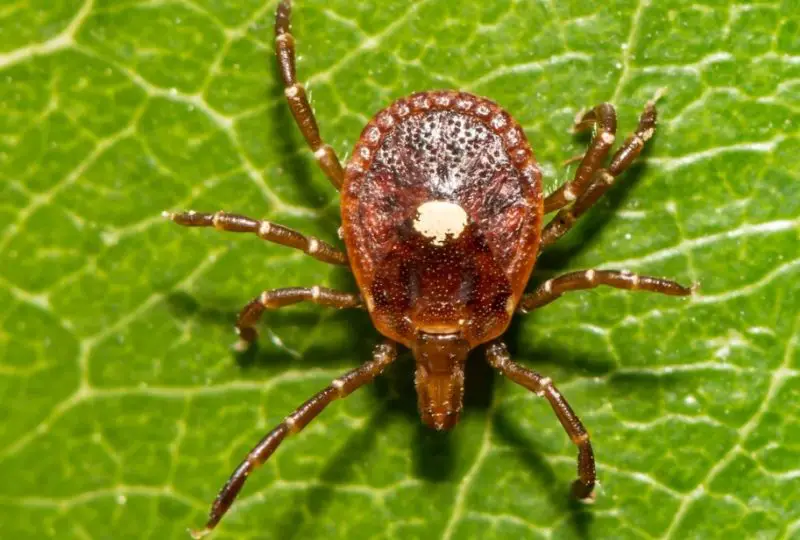
The Lone Star Tick is named for the single white spot on the back of adult females, while males have scattered white markings. It is aggressive and feeds on a wide range of mammals, including humans. This tick is commonly found in wooded and brushy areas throughout Maryland.
It is a vector of ehrlichiosis and can trigger alpha-gal meat allergy, which causes reactions to red meat. Bites are painful and may cause localized redness, itching, or swelling. Multiple bites can occur during a single exposure, increasing the risk of disease transmission.
Symptoms of ehrlichiosis include fever, fatigue, headache, and muscle pain. In cases of alpha-gal allergy, reactions may include hives, gastrointestinal upset, or anaphylaxis after consuming mammalian meat. Immediate medical attention is required for severe reactions.
Preventive measures include using insect repellents, wearing protective clothing, and performing thorough tick checks after outdoor activities. Removing brush and leaf litter around homes and keeping pets treated with tick preventives can reduce encounters.
Mosquitoes (Aedes, Culex, and Anopheles spp.)
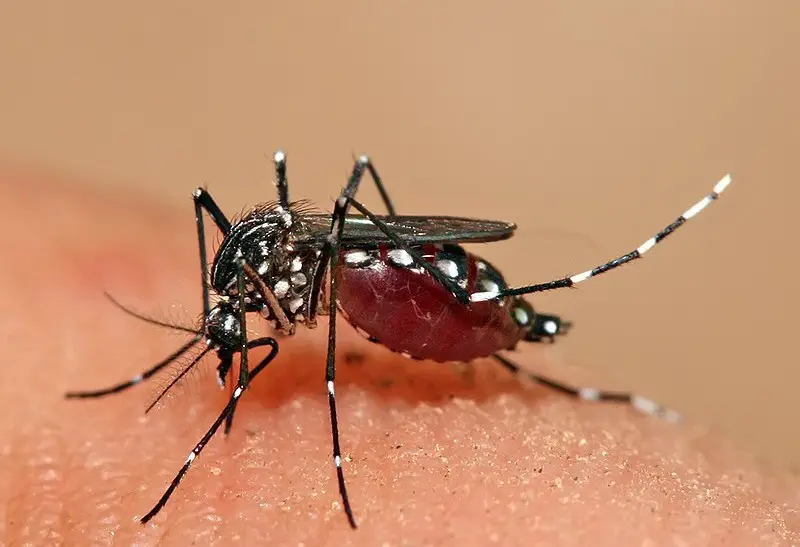
Mosquitoes are small flying insects with slender bodies, long legs, and a pair of wings. In Maryland, common species include Aedes (like Aedes albopictus), Culex, and Anopheles mosquitoes. They breed in standing water such as puddles, birdbaths, clogged gutters, and marshes, making wetlands and urban areas equally suitable habitats.
These insects are vectors for several viral and parasitic diseases. Aedes mosquitoes can transmit West Nile virus and other arboviruses, while Anopheles mosquitoes are capable of transmitting malaria in rare imported cases. Culex mosquitoes are primarily associated with West Nile virus transmission.
Mosquito bites cause itchy, red welts due to saliva injected during feeding, and in infected mosquitoes, disease transmission can lead to severe symptoms. West Nile virus, for instance, can cause fever, body aches, and, in rare cases, neurological complications. Personal protection and prompt treatment for symptoms are essential.
Preventive strategies include eliminating standing water around homes, using insect repellents with DEET or picaridin, wearing long-sleeved clothing, and installing window screens. Community mosquito control programs also help reduce local populations and minimize risk.
Stink Bugs (Brown Marmorated Stink Bug, Halyomorpha halys)
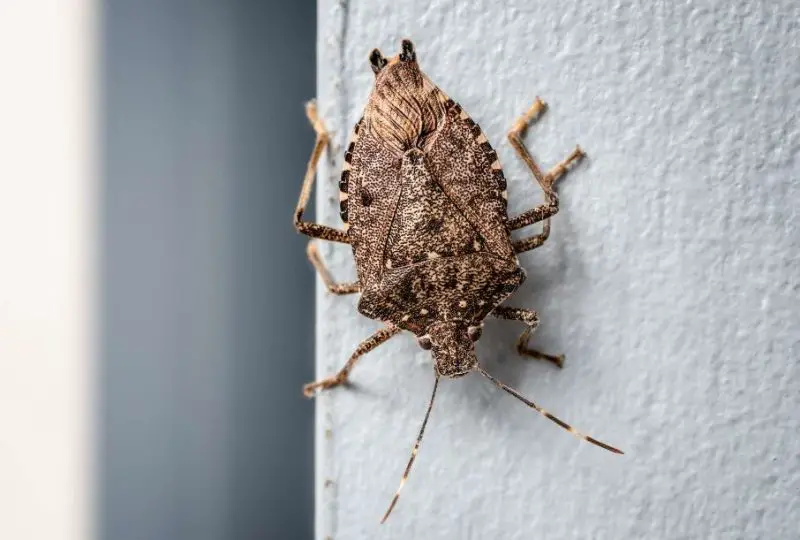
Brown Marmorated Stink Bugs are shield-shaped insects with mottled brown coloration and alternating light and dark bands on their antennae. They are invasive in Maryland and commonly found on fruits, vegetables, and ornamental plants. They enter homes in fall seeking warmth, releasing a foul odor if crushed.
While not directly dangerous to humans, they can cause mild allergic reactions in sensitive individuals. Their main impact is agricultural, as they feed on crops like apples, peaches, and tomatoes, causing deformations and economic damage.
Stink bugs release a pungent odor when threatened or crushed, which acts as a defense mechanism. The smell can linger in indoor environments and irritate the respiratory system in some people. Their feeding on plants can also attract secondary pests or fungal infections.
Control measures include sealing entry points in homes, using screens, manually removing bugs, and applying approved insecticides in agricultural settings. Regular monitoring and proper disposal of infested plant materials reduce their population and minimize crop damage.
Centipedes (Scolopendra spp.)
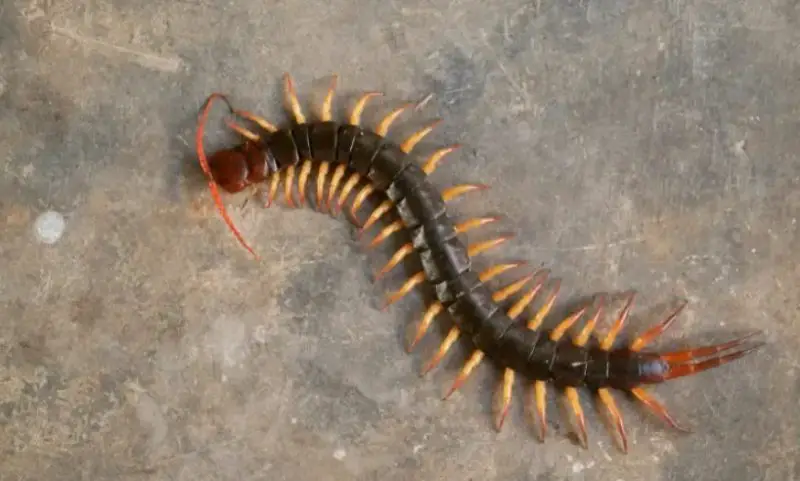
Centipedes are elongated, segmented arthropods with one pair of legs per body segment. Scolopendra species are the largest and most aggressive centipedes found in Maryland. They are nocturnal hunters that feed on insects, spiders, and small vertebrates, using venomous claws called forcipules to immobilize prey.
Their bite is painful and can cause redness, swelling, and localized tissue irritation. Although rarely fatal to humans, severe allergic reactions can occur, particularly in children or sensitive individuals. Prompt cleaning and monitoring of bite sites are important.
Centipedes prefer damp, dark habitats such as basements, leaf litter, and under logs or rocks. They are solitary and tend to avoid human contact but can enter homes in search of moisture or food. Proper home maintenance, including reducing humidity and sealing cracks, can prevent indoor infestations.
These arthropods are important for natural pest control, feeding on insects and other small pests. Despite their venomous bite, they are generally beneficial to gardens and should be handled cautiously rather than eradicated completely.
Fire Ants (Solenopsis invicta)
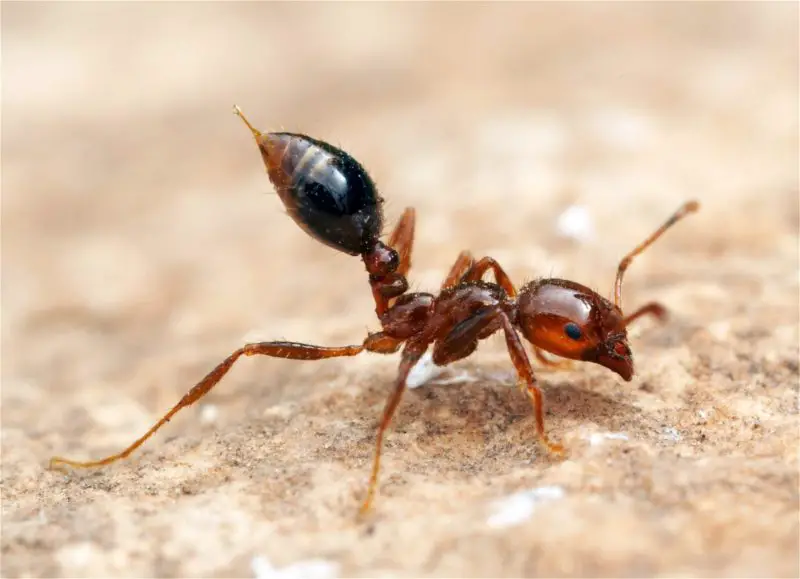
Fire ants are reddish-brown insects with a powerful sting that injects venom, causing a burning sensation and red pustules. While not native to Maryland, isolated populations may appear due to accidental introduction. They live in large colonies, often forming visible mounds in lawns, fields, and gardens.
Stings are painful and may result in intense itching, swelling, or allergic reactions. In rare cases, multiple stings can trigger severe anaphylaxis requiring emergency treatment. Children, elderly individuals, and those with known allergies are at higher risk.
Fire ants are aggressive, especially when their mound is disturbed. They swarm and sting in large numbers, which amplifies the severity of their venom. Prompt treatment of stings includes cleaning the affected area, applying antiseptic or anti-itch cream, and monitoring for signs of allergic reactions.
Preventing encounters involves avoiding areas with visible mounds, wearing shoes outdoors, and employing professional pest control if infestations are detected. Maintaining healthy lawns and eliminating food sources can also reduce the likelihood of colonies forming.
Asian Giant Hornet (Vespa mandarinia)
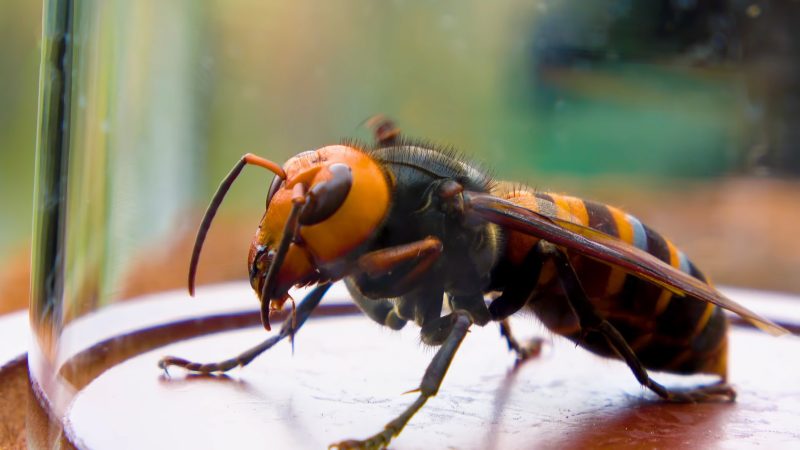
The Asian Giant Hornet is an enormous wasp with orange-yellow head, dark brown thorax, and yellow-orange striped abdomen. While sightings in Maryland are extremely rare, these hornets are considered dangerous due to their potent venom and aggressive behavior.
Their sting is extremely painful and can inject a large volume of venom, potentially causing severe allergic reactions or, in rare cases, death in humans with sensitivities. Multiple stings amplify the risk and severity. Prompt medical attention is critical after a sting.
Asian Giant Hornets are predators of other insects, particularly honeybees, which they decimate to feed their larvae. While they are beneficial for controlling pest insects in their native habitats, their presence in non-native regions can threaten local ecosystems.
Preventive measures include avoiding areas where hornets may nest, being cautious around trees and shrubs, and reporting sightings to local authorities. Professional removal is necessary if a nest is discovered to prevent aggressive attacks.
FAQs About Dangerous Bugs in Maryland
What types of dangerous bugs are common in Maryland?
Maryland is home to several medically significant bugs, including Brown Recluse and Black Widow spiders, Deer Ticks, American Dog Ticks, Lone Star Ticks, mosquitoes, centipedes, stink bugs, fire ants (occasionally), and the rarely sighted Asian Giant Hornet. Each poses different risks ranging from venomous bites to disease transmission.
How can I identify Brown Recluse and Black Widow spiders?
The Brown Recluse is light to medium brown with a dark violin-shaped marking behind its eyes, while the Black Widow is shiny black with a bright red hourglass on the underside of the abdomen. Brown Recluse spiders are smaller and shy, whereas Black Widows are larger and may be found in woodpiles, sheds, and crawl spaces.
What diseases can ticks in Maryland transmit?
Ticks such as Deer Ticks, American Dog Ticks, and Lone Star Ticks can carry serious illnesses. Deer Ticks transmit Lyme disease, babesiosis, and anaplasmosis. American Dog Ticks can spread Rocky Mountain spotted fever and tularemia. Lone Star Ticks are known for ehrlichiosis and triggering alpha-gal meat allergy. Prompt removal of ticks and early medical care reduce the risk of complications.
How can I prevent mosquito bites in Maryland?
Avoid areas with standing water like ponds, clogged gutters, and marshes. Use insect repellents containing DEET or picaridin, wear long sleeves and pants, and install window and door screens. Limiting outdoor exposure during peak mosquito activity at dawn and dusk can also reduce the risk of bites and disease transmission.
Are centipede bites dangerous?
Centipedes, particularly Scolopendra species, have venomous bites that can cause pain, redness, and swelling. While rarely fatal, bites can lead to allergic reactions in sensitive individuals. Prompt cleaning of the bite site and monitoring for symptoms are recommended.
What should I do if stung by a fire ant or hornet?
Clean the affected area with soap and water and apply an antiseptic or anti-itch cream. Monitor for signs of severe allergic reactions such as swelling of the face or difficulty breathing. Seek emergency medical care immediately if anaphylaxis is suspected. Avoid disturbing fire ant mounds or hornet nests to prevent stings.
How can I keep dangerous bugs out of my home?
Seal cracks and gaps in windows, doors, and foundations. Reduce clutter in basements, attics, and garages. Use screens on doors and windows, remove leaf litter and debris around the yard, and maintain low moisture indoors to deter centipedes, spiders, and other pests.
When is the best time to be cautious outdoors?
Ticks are most active in spring through fall, while mosquitoes peak during warmer months at dawn and dusk. Spiders like Brown Recluse and Black Widow are mostly nocturnal and seek dark, undisturbed areas. Staying alert during these times and taking preventive measures reduces the risk of encounters.


